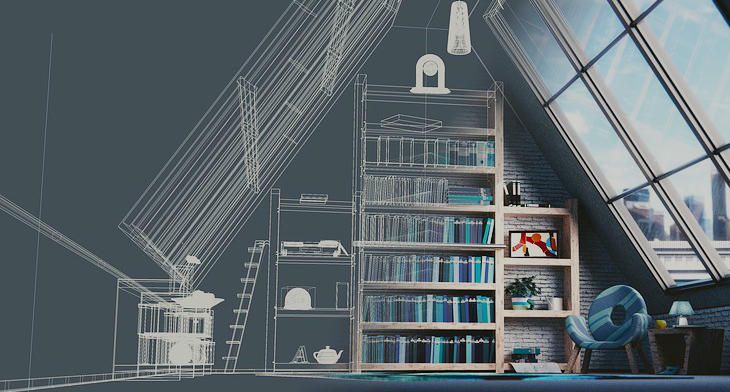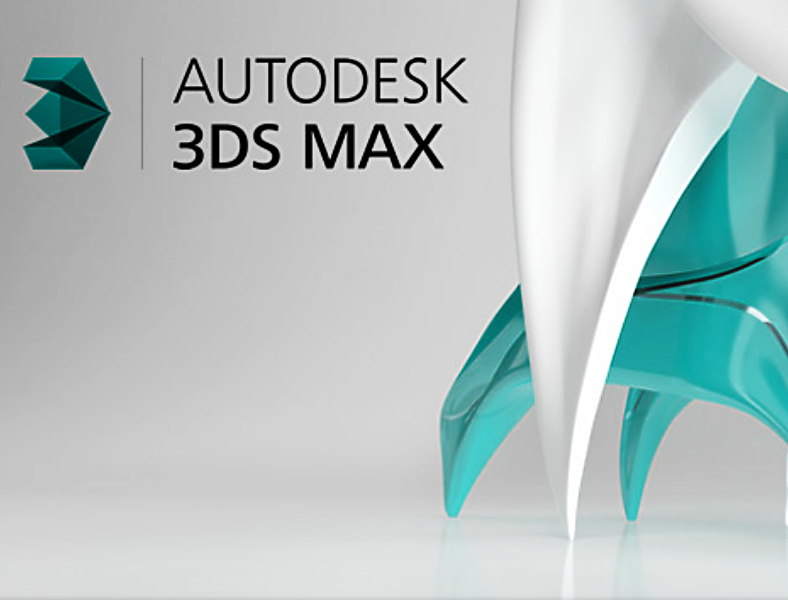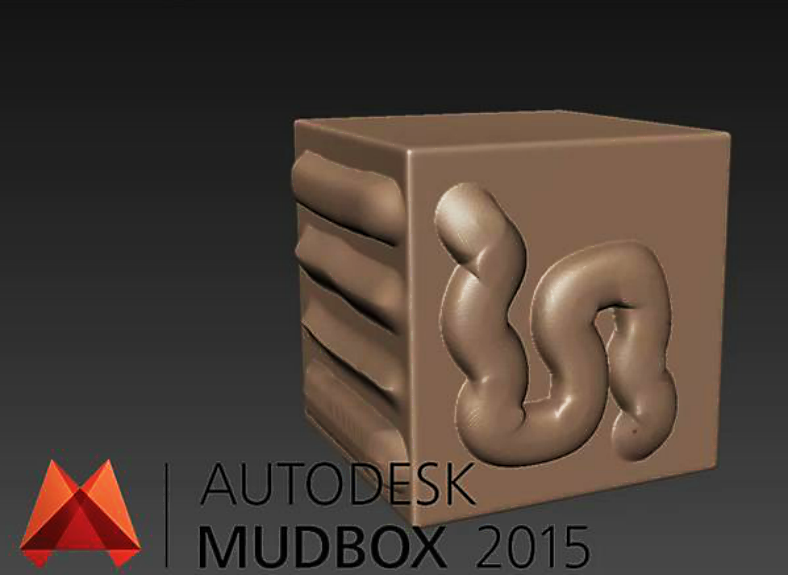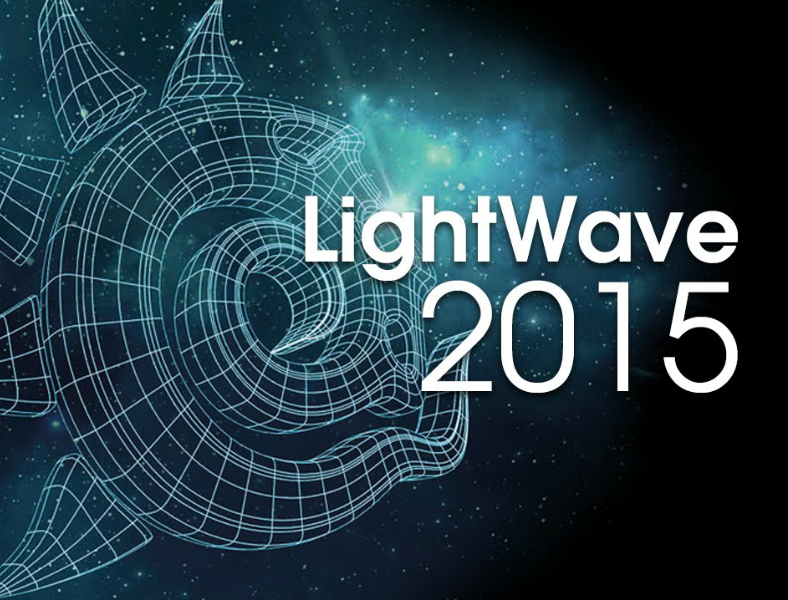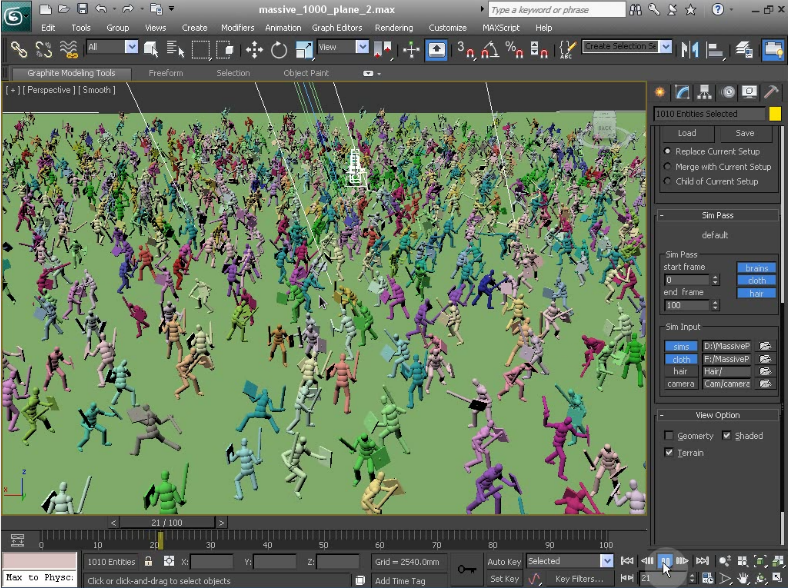The word artist is actually a very broad term that needs to be specified in order to determine what type is being referred to. There are people who are artists by profession while there are also those who simply do it as a hobby. Just like most professions, artists also have their own specialization or expertise.
There are artists who specialize in paintings while there are also artists who simply use pencil (or charcoal pencil) and paper; then there are artists who specialize in making sculptures while there are those who are excellent in making abstract paintings using their hands. Aside from these traditional artists, there are also those who work on digital or paperless medium to create their masterpiece, and this is what this article is all about.
Listed below are some of the best tools for graphic artists to make and render three-dimensional creations. Many of these tools have a specific purpose, with some intended for making 3D character models, and some for creating 3D models in general. Whether or not you are certain about the kind of 3D drawing design that you want to make, don’t hesitate to check out the different 3D rendering tools below.
Autodesk Maya
Autodesk Maya, or simply referred to as Maya, is a 3D graphics maker for Windows, Linux, and macOS computers developed by Autodesk, Inc. During its initial release in February 1998, this software was developed by Alias Systems Corporation. Then in 2005, Autodesk brought the rights of Maya and has since continued developing and publishing the software up to this day.
Maya is capable of generating 3D models to be used in film, television, video games, and even architecture. The workspace on Maya, otherwise known as “scenes,” are defined by the user and can be used to implement and edit media. These “scenes” are node-based, which means that each node has its own characteristic and customization. This results in a visual representation of a scene that is purely based on interconnecting nodes.
In 2003, during the time when Maya was still owned by Alias, the developing company was awarded by the Academy of Motion Picture Arts and Sciences with an Academy Award for Technical Achievement. Then in 2005, Alias won another award for their invention of the subdivision surfaces. And then in 2008, another award was earned for their design and implementation of the Maya Fluid Effects system.
Ever since its release, Maya has been used by a lot of film industries which include The Golden Compass, Harry Potter and the Deathly Hallows: Part 2, Transformers, and Silent Hill; and also in video games such as Halo 4, Call of Duty: Black Ops 3, and Mirror’s Edge: Catalyst. If you’re interested, you may want to check out our list of the best illustration tools in 2017.
Autodesk 3ds Max
Here is another 3D rendering tool developed by Autodesk, Inc. that is used primarily for making 3D animations, images, models, and games. Autodesk 3ds Max, previously known as 3D Studio or 3D Studio Max, is a professional 3D graphics software by Autodesk for Microsoft Windows computers.
When the software first came out in 1990, it was created to be run on the MS-DOS platform, and this continued until 1994 with the release of the 3D Studio 4. When 3D Studio Max was released in 1996, the developers moved from MS-DOS to the actual Microsoft Windows platform, starting with Windows NT. The most recent version of the software—Autodesk 3ds Max 2018—under the codename Imoogi, was released in 2017 for computers running Windows 7 and higher.
Features of this software include a dedicated Character Studio, which used to be only a plugin but has since been integrated to help users to animate virtual characters. Another is the General Keyframing feature, which offers support for different workflows as well as assist users in creating animations with ease. The memory management has also been improved in the latest version, which enables large scenes to be imported with multiple objects.
Autodesk Mudbox
Once again, we have another 3D graphics software on this list that is developed by Autodesk, Inc. and is used for creating movable cameras that can be bookmarked. Autodesk Mudbox is a 3D sculpting and painting software that was created by Skymatter before the rights were purchased by Autodesk in 2007. The software’s main application includes high-resolution digital sculpting, texture painting, and map creation.
Features of Mudbox include the ability to import and export OBJ, FBX, BIO, and its native MUD files. There are multiple 3D layers that can be used for design visualization, non-destructive sculpting, and high polygon counts. The software also includes stamps and stencils, with the latter used to overlay a grayscale.
Since the 2009 version, the software already allows the sculpting of models with larger polygon counts, and the 3D painting and texturing features allowed artists to paint directly on to their models. In the 2010 version, functionalities to improve file compatibility was added to allow users to synchronize their projects with other 3D applications by Autodesk.
In 2014, Autodesk was given a Technical Achievement Academy Award from the Academy of Motion Picture Arts and Sciences for their scientific and technical concept and design, and for the implementation of the software. For more tools to choose from, also check out our list of ten of the best graphic apps and tools.
Pixologic ZBrush
If you are looking for a digital sculpting tool that is capable of making both 3D and 2.5D models, then you may want to check out ZBrush by Pixologic. Aside from just rendering models, ZBrush also allows you to make graphic illustrations, texturing and paintings. The proprietary system used by ZBrush is the “pixol” technology, which is capable of storing colors, lighting, materials, and depth information for every element visible on screen. You may think that ZBrush is just another modeling tool, but this one actually leans more toward digital sculpting.
Pixologic’s ZBrush has already been around for about 18 years since its initial release in 1999. This tool is being used to create high-resolution 3D models and is capable of reaching more than 40 million polygons. A lot of games, movies, and animations have been made using ZBrush, and these are from widely recognized film and gaming companies that include Industrial Light and Magic and Electronic Arts. Lastly, what’s great about ZBrush is it also offers integration with other modeling software such as Maya, 3ds Max, Blender, Modo, and many more.
Modo
For a multi-platform 3D modeling, sculpting, painting, and animating tool that runs on Windows, macOS, and Linux computers, you may want to check out Modo, which is a 3D generating tool developed by The Foundry Visionmongers, formerly known as Luxology, LLC. Features of Modo include an extensive file input and output, a powerful sculpting toolset, N-gon modeling, MeshFusion operations.
Modo was first made available to consumers in September 2004 and was immediately being adopted by various animation companies such as Pixar, Industrial Light and Magic, and even gaming companies, which include id Software. In 2006, Modo won two awards, one for being the “Best Used Tool for Mac OSX Graphics” and the other being the “Best 3D/Animation Software.” Then the following year, Modo once again won an award for being the “Best Art Tool.” The latest version of the software—Modo 10.1v2—was released on May 27, 2015.
Blender
If you are in need of a totally free 3D computer graphics tool that you can use to create animated movies, video games, visual effects, and interactive 3D applications, then you may want to check out Blender. Aside from being completely free-to-use, Blender is also an open-source software, which means it allows you to study and edit the code according to your preference.
Blender is a 3D graphics software developed by Blender Foundation and was first released in 1995. This tool works on multiple platforms which include Windows, Linux, and macOS. Blender’s primary features include 3D modeling, texturing, raster graphics editing, fluid and smoke simulation, sculpting, particle simulation, animating, motion graphics, video editing, and compositing.
LightWave 3D
From NewTek, Inc., the software industry that brought us TriCaster for live streaming and broadcasting, and 3Play for slow motion replay of both standard and high definition clips, comes LightWave 3D (or just LightWave). This 3D computer graphics tool is being used mainly in films, television shows, and games, and for rendering visual effects, motion graphics, and virtual productions.
LightWave 3D was initially released to consumers in 1990, which is about 27 years ago, with its most recent and stable version released in 2015. This tool runs on Microsoft Windows, macOS, and also on computers running AmigaOS. Features of LightWave include the dynamics physics systems for both soft and hard body motion, deformation, particles, and environments. Another feature is the use of Hypervoxels, which is the means for rendering multiple particle animation effects. If you don’t want to waste precious time in your projects, also check out our list of ten time-saving tools for graphic designers and artists.
MASSIVE
Have you ever wondered how film industries are able to achieve an astoundingly large group of people in movies or television shows that involve war or battle scenes? And no, many of these were not done by hiring hundreds and thousands of extras. These effects were made possible with the use of MASSIVE, which is actually an abbreviation for Multiple Agent Simulation in Virtual Environment. If you are still confused at what this tool does, think of it as an effects renderer that allows users to apply computer-generated people to make it appear like there is a crowd in a particular scene.
For those who want to know more about MASSIVE, it was actually developed by Stephen Regelous in New Zealand when Peter Jackson needed a software that is capable of generating thousands of soldiers to fight during a scene in The Lord of the Rings. Thankfully, MASSIVE was able to achieve that effect, and now, the software is being used in more films such as Rise of the Planet of the Apes, King Kong (which is also a film directed by Peter Jackson), and 300.
Poser
Lastly, if you are looking for a software that specializes in rendering highly realistic 3D character models, then you may want to check out Poser. This tool is being developed and distributed by Smith Micro Software and was initially released in 1995. Poser is a 3D computer graphics software optimized for creating lifelike 3D models of human figures, while also allowing you to make less-realistic and more-caricature character models.
At present, you get to choose between Poser 11 and Poser Pro 11, which were both released in 2015, and run on both Windows and OSX platforms. Aside from the $300 price difference, Poser Pro 11 is also capable of rendering GPU to harness the maximum capacity of the graphics card, it allows that use of the Xbox Kinect to capture animations, the use of Alembic exports for easy pipeline integration, the Decimator for exporting to game engines, and the GoZ for ZBrush to creating and editing of assets. For the latest software, check out our list of some new illustration tools that were released in 2017.
Related Posts
The Best New Portfolio sites, March 2023
Best Poster Designs 2023: Ideas and Tips
Hit and Miss of Olympic Logo Designs from 1924 till 2023
10 Iconic Moments Photographed in 2023 Rio Olympics
Top 5 Logo Design Trends of 2023
2023 Packaging Design Pentaward Winners
Digital Design Trends for 2023
Best Travel Apps for 2023
9 Script Fonts for 2023
10 Best Free Fonts for 2023
10 Best Mobile Games of 2023
Logo Design Strategies for 2023
Top 9 Web Design Trends for 2023
10 Most Popular Graphic Design Trends of 2023
Visual Design Trends to Look Out in 2023
